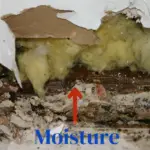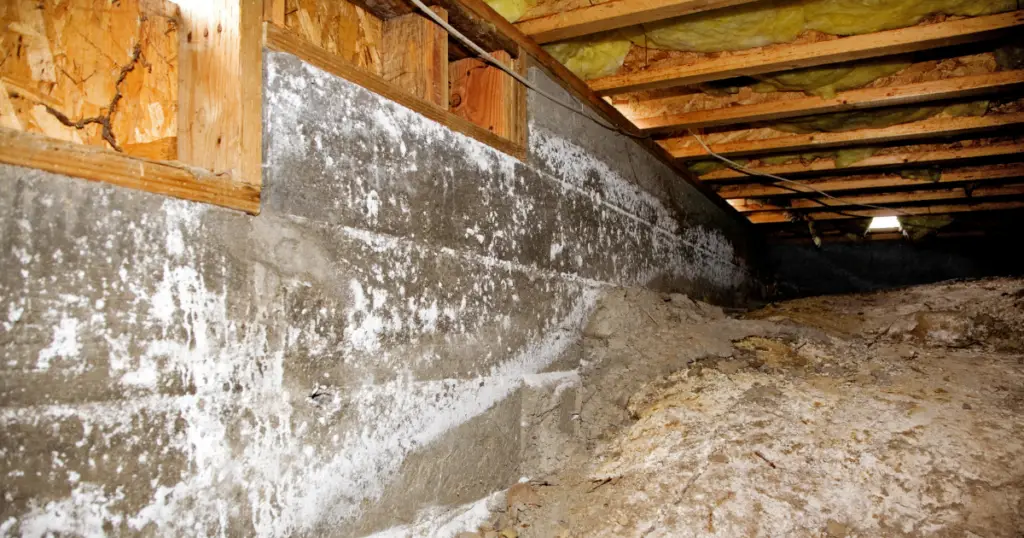
Are you experiencing high humidity levels in your crawl space? If so, you’re not alone. High humidity can lead to a variety of issues in homes with crawl spaces such as mold growth, musty odors, structural damage, and even health problems.
In this article, we will explore the ideal humidity levels for crawl spaces, the effects of high humidity, and share tips on how to lower humidity in your crawl space. Whether you’re a homeowner or a contractor, this article will provide you with the knowledge and practical solutions you need to tackle high humidity in your crawl space. So, let’s dive in!
What causes high humidity in crawl spaces?
Excessive humidity creates the perfect climate for wood rot fungus and dust mites to flourish. Dust mite colonies thrive in humid homes filled with dust, which then become a primary contributor to asthma symptoms among children.
To prevent allergens from invading your home, it is essential to reduce humidity levels. Many factors can be responsible for the high rate of moisture accumulation in a crawl space including but not restricted to:
- Poor ventilation: Poor ventilation is one of the main causes of high humidity in crawl spaces. Without proper airflow, moisture buildup can occur, resulting in damp conditions that promote mold growth and mildew.
- Water intrusion: Water intrusion from outside can raise humidity levels in crawl spaces. Leaking pipes, flooding, or excess rainwater can lead to moisture buildup and increase humidity levels.
- Lack of insulation: A lack of insulation in crawl spaces can lead to temperature changes due to fluctuating weather conditions. Warm and moist air can condense when it comes in contact with cold surfaces, resulting in elevated humidity levels.
- Groundwater: Crawl spaces below ground level can be susceptible to groundwater infiltration, which contributes to high humidity levels. However, installing a moisture barrier and sump pump can mitigate the issue.
- Improper drainage: If a crawl space lacks proper drainage, standing water can lead to damp conditions that exacerbate high humidity. Groundwater or surface water should drain away from the crawl space foundation.
- Sealed crawl spaces: While sealed crawl spaces offer certain benefits, they can also trap moisture and contribute to high humidity levels. If ventilation is not built into the design, sealed crawl spaces can feature stagnant air that contributes to high humidity levels.
- Air leaks: Air leaks from outside can transport humid air into the crawl space, leading to moisture buildup and elevated humidity levels. Sealing any cracks or holes in the foundation can help reduce air infiltration and control humidity levels.
- Dirt crawl spaces: Dirt crawl spaces can also contribute to high humidity levels. The soil acts as a sponge and absorbs moisture that rises from the ground, further increasing humidity levels in the area.
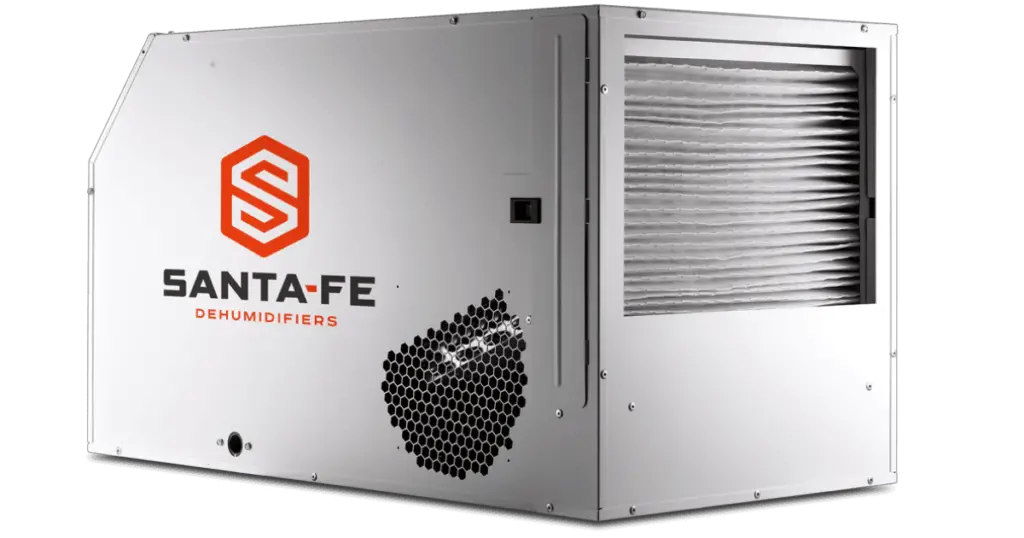
Ideal Crawl Space Humidity Levels
Maintaining an ideal humidity level in a crawl space is crucial to prevent mold growth, minimize structural damage, and ensure the health of the occupants. According to the Environmental Protection Agency (EPA), an ideal relative humidity level for a crawl space is between 30% and 50%.
Humidity levels higher than 50% can promote the growth of mildew and mold, as well as structural damage, such as the rotting of wooden framing or flooring. Excess moisture can saturate insulation, leading to poor energy efficiency and higher energy bills for homeowners.
On the other hand, humidity levels below 30% are too low and may cause discomfort for homeowners. Low humidity can cause respiratory irritation, dry out wooden furniture, and create static electricity.
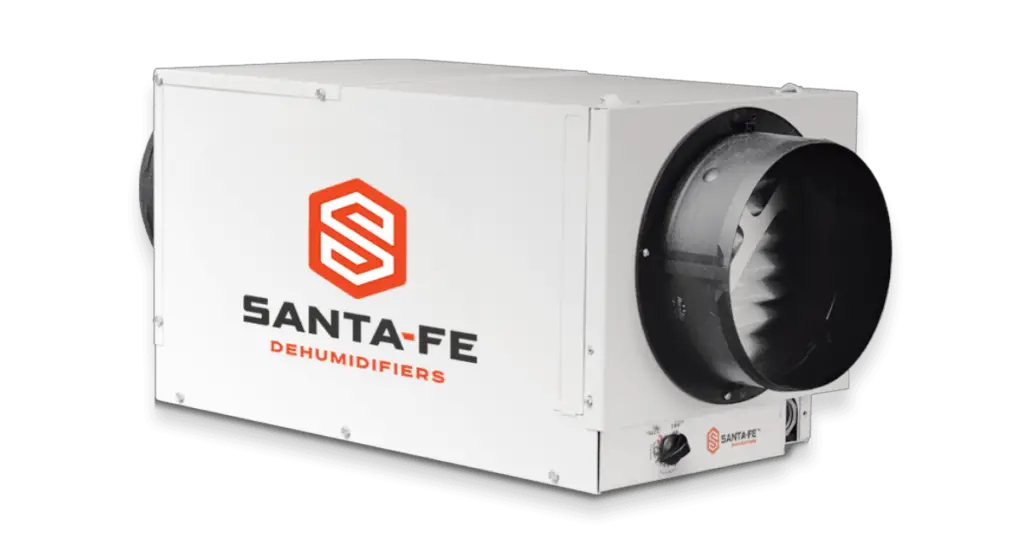
The Effects of High Humidity on Crawl Spaces
High humidity in crawl spaces can have several adverse effects, such as:
- Mold growth: High humidity creates an ideal environment for mold growth in crawl spaces. Mold spores can spread easily and create a musty odor, which can enter the home’s living spaces and cause health problems.
- Structural damage: Moisture buildup from high humidity can cause the crawl space’s wooden framing to rot, resulting in a compromise in its structural integrity. The moisture can also weaken the foundation, leading to cracks or settlement over time.
- Pest infestations: High humidity provides an ideal environment for insects and other pests like termites, which can cause substantial damage to homes.
- Respiratory issues: The humid crawl space air can add moisture to the home’s indoor air, leading to indoor air quality issues. This can cause allergies, breathing issues, and other health problems.
- Odor and mustiness: High humidity levels in crawl spaces often result in musty odors that can infiltrate homes through ventilation systems or open windows.
- Inefficient energy use: High humidity levels can make the air conditioning system work harder, increasing energy use and driving up the utility bill.
- Deterioration of insulation: High humidity can cause the insulation in the crawl space to saturate. Insulated ceilings beneath the crawl space can lose their effectiveness when damp, leading to more energy consumption.
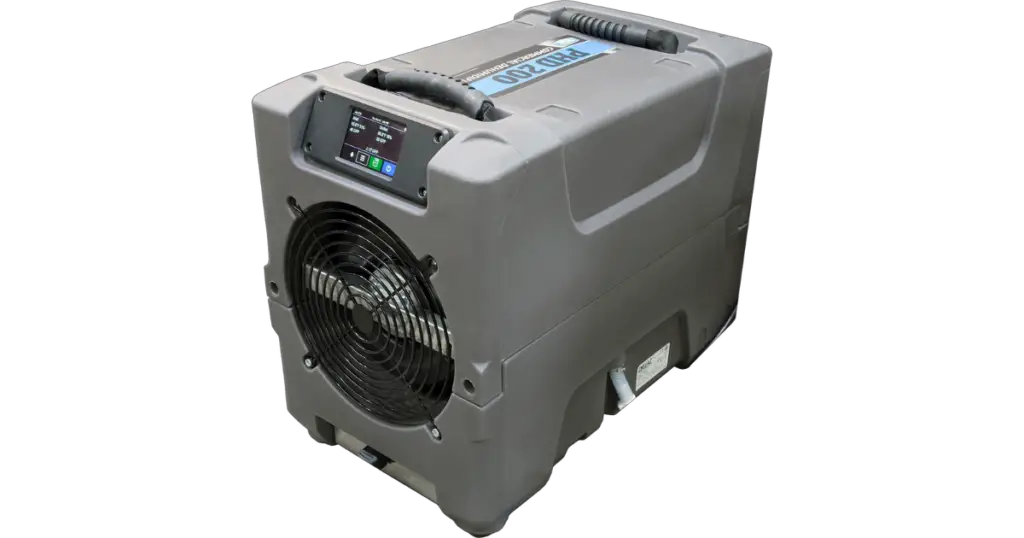
How do I lower the humidity in a crawl space?
High levels of humidity in crawl spaces can lead to mold, mildew, and other issues. Fortunately, there are several steps you can take to lower the humidity levels in a crawl space.
- Ventilation: The first step is to increase airflow and ventilation in the crawl space. This can be done by installing air vents or using an existing fan to bring in fresh air from outside while also helping circulate air within the space.
- Dehumidifier: One of the most effective solutions for controlling humidity levels is a dehumidifier. A dehumidifier removes moisture from the air by cooling the ambient temperature which forces condensation on surfaces like walls or furniture and collects it into a reservoir or tank that needs to be emptied regularly.
- Insulation Upgrade: Replacing old and worn insulation with newer materials will not only improve energy efficiency but also help reduce moisture buildup inside the crawlspace due to increased material density allowing less water vapor to move through it over time which reduces relative humidity inside the space itself over time. Crawl space encapsulation is another option that can help reduce moisture buildup.
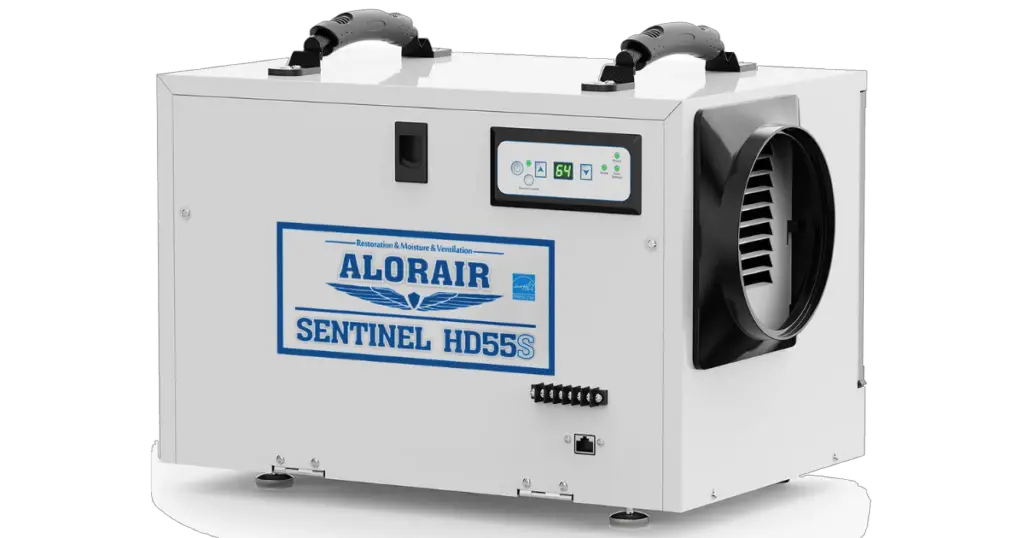
5 Benefits of Installing a Dehumidifier in Your Crawl Space
A dehumidifier in a crawl space is the perfect solution to many problems. Here are some of its advantages:
- Reduces Humidity Levels: A dehumidifier reduces humidity levels by cooling the ambient air. This condenses water vapor on surfaces like walls or furniture and collects it into a reservoir or tank that needs to be emptied regularly, reducing relative humidity inside the space itself over time.
- Prevents Mold, Mildew, and Allergen Build-up: High levels of moisture can create damp conditions suitable for mold, mildew, and allergen buildup which could cause health issues for individuals living in the home, such as allergies and asthma attacks. By reducing humidity, a dehumidifier helps prevent the buildup of these potentially dangerous substances.
- Improves Air Quality: The use of a dehumidifier will help improve air quality by removing excess moisture from the air, creating an environment that is free from pollutants. This improves indoor air quality which is beneficial for people who suffer from respiratory ailments like allergies or asthma symptoms as well as providing better comfort for occupants overall within living spaces. Poor indoor air quality can also be a contributing factor to the decay of materials used in construction such as carpets, wallpaper, and flooring.
- Saves Energy: By improving the efficiency of air conditioning systems, a dehumidifier helps reduce energy consumption and lower utility bills.
- Prevents Damage to Structural Elements: Excess humidity can cause serious structural damage to wood framing elements over time due to rotting materials exposed to consistently high moisture levels throughout time. A dehumidifier works to reduce these levels and prevent damage or costly repairs down the line caused by long-term exposure to excessive amounts of water vapor in enclosed spaces such as crawl spaces.
- Protects Stored Items: Moisture buildup in a crawl space can cause damage to items stored within it due to condensation forming on walls or objects. A dehumidifier helps protect these items by keeping relative humidity levels below 50% and monitoring/controlling excess grain moisture where possible, preserving the condition of stored items.
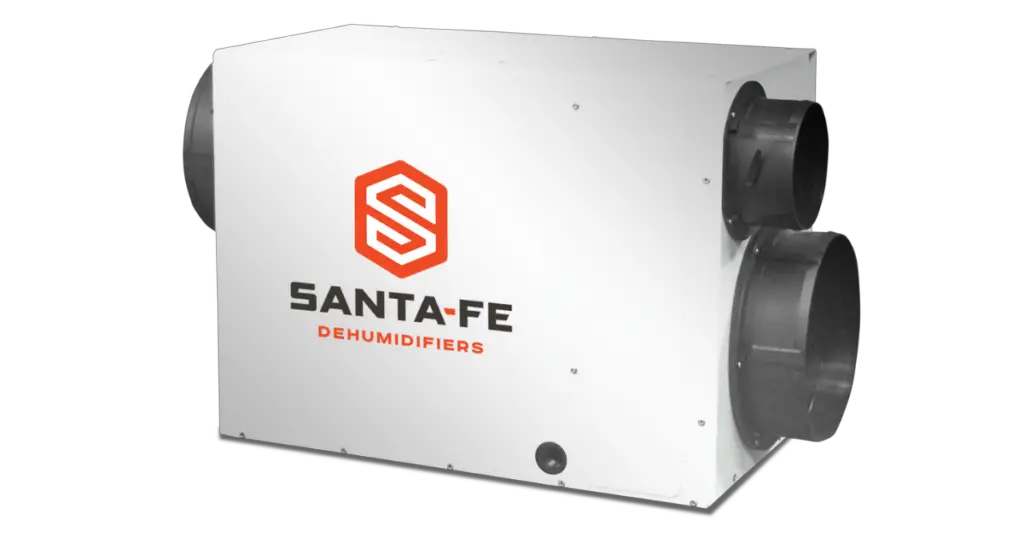
What other methods can be used to reduce crawl space humidity?
Some other solutions for dealing with crawl space humidity issues
Encapsulated Crawl Space
One other effective way to lower the humidity levels in your crawl space is by encapsulating it with a vapor barrier or plastic sheeting. Many studies have been done proving that a sealed crawl space creates a healthier and more energy-efficient home due to the elimination of humidity fluctuations. This helps prevent moisture from entering your home through any cracks or gaps in the foundation and ensures a cleaner environment for your family by trapping water droplets before they enter and linger within the enclosed area.
Sump Pump
A sump pump is an electric-powered device used to collect excess water from areas prone to flooding or dampness, such as basements or crawl spaces, and remove it away from the living area safely and securely. By installing one of these devices in a crawl space, you can significantly reduce accumulated moisture levels over time which helps reduce relative humidity levels inside the living area as well.
FAQ
Can I put a dehumidifier in my crawl space without encapsulation?
Yes, you can. A dehumidifier alone will reduce the humidity levels in your crawl space, however, it is most effective when paired with a sealed or encapsulated crawl space to prevent moisture from entering the living area and creating a damp environment.
Where should a dehumidifier be placed in a crawl space?
Ideally, the dehumidifier should be placed in the center of the crawl space as close to a power source as possible. This ensures that it gets an even distribution of air and can effectively reduce humidity levels throughout the entire area.
When should you run a dehumidifier in a crawl space?
It is best to run a dehumidifier in a crawl space during the summer months when humidity levels tend to be higher than usual. This will help keep your crawl space dry and prevent mold growth from occurring due to excess moisture accumulation. During the winter months, you can turn off the dehumidifier as lower temperatures naturally reduce humidity levels.
Where does the water go from the crawl space dehumidifier?
The water collected by the dehumidifier will typically be stored in a tank attached to the unit. This tank should be emptied regularly as it fills up, otherwise, the dehumidifier will stop working until it is emptied again. Some models have an automatic shut-off feature that detects when a tank is full and shuts down the device to prevent it from overflowing.
Will a dehumidifier dry out a crawl space?
Yes, a dehumidifier can help reduce moisture levels in a crawl space and prevent mold growth from occurring due to high humidity. However, it is important to note that a dehumidifier alone may not be enough to completely dry out the area.
Professional Help
When it comes to reducing crawlspace humidity levels in living spaces, it is highly recommended to get professional help. This can help ensure that all of the necessary steps for effective humidity reduction are taken such as installing the right type of ventilation systems and dehumidifier, encapsulating the space with plastic sheeting or vapor barrier, and sealing off any cracks in the foundation walls.
Professional assistance can also provide helpful advice on selecting and using a dehumidifier as well as other strategies for keeping moisture levels low which will contribute to improved air quality in your home as well as a more comfortable living environment overall.

